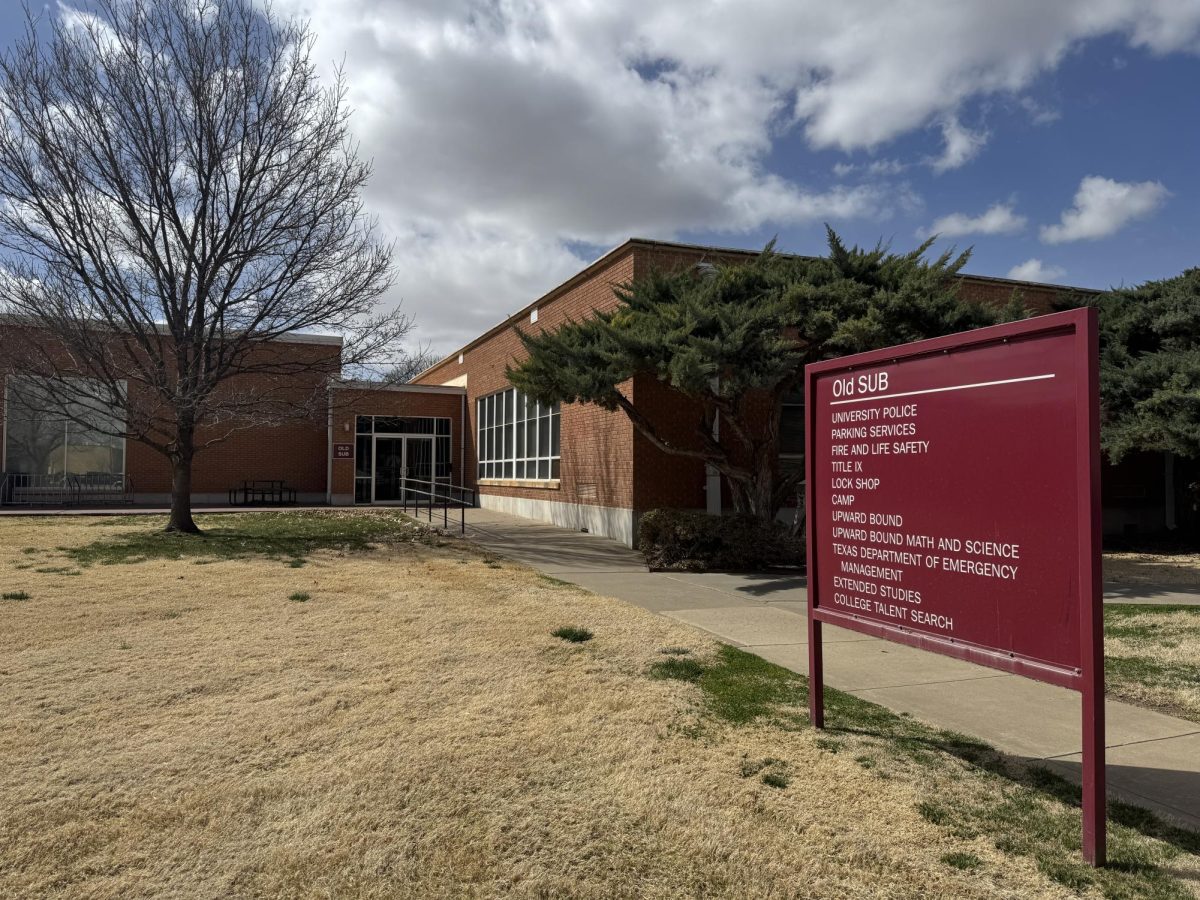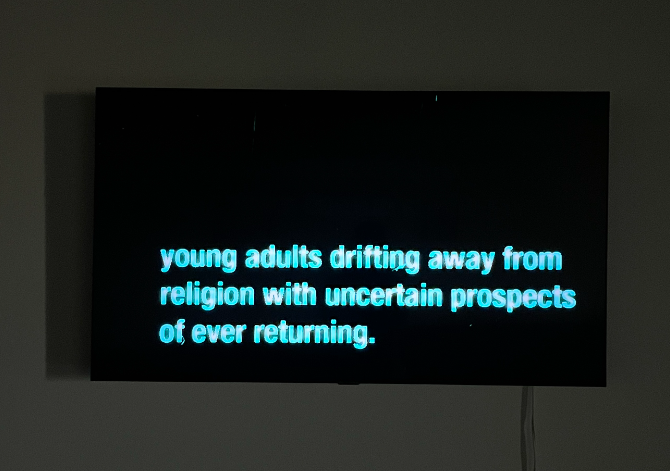
They wake up early each morning, often earlier than most of their classmates. They prepare for a full day of being at school before returning home and sometimes working a job in the evenings. Student teachers at West Texas A&M University prepare to enter the “real world” and become educators by teaching alongside an already certified educator for the majority of a semester.
“[We] live the life of a teacher,” J.D. Thompson, senior 4-8 Language Arts/Reading Education major, said. “We get there when they do, we plan and grade and teach like they do, but we do not get paid.”
Thompson is student teaching in the Amarillo Independent School District at a middle school teaching sixth grade English.
“I have known this semester was coming, so I have been preparing and saving up for this semester,” Thompson said. “I know of a few student teachers who are also working this semester, but I don’t know how they find the time or energy to work after teaching all day.”
Senior Elementary Education major Madison Parkey is student teaching in the Canyon Independent School District in a pre-kindergarten classroom. She said the learning involved with student teaching makes up for the lack of time to work a job while student teaching.
“It’s challenging not having a job during this time,” she said. “I was going to have another job, but I am needing to put more focus on the kids because I want to help them and myself be better…I am going through a learning experience that I would not be able to get anywhere else, so that outweighs not having a job.”
Student teachers must adapt to a schedule that is inconsistent with what they may have been used to during their previous time at the university level. There are different requirements and different expectations students must meet while student teaching.
“I am at my school every morning at 7:20 and don’t usually leave until 5 p.m.,” Thompson said. “The rest of my college career has certainly not required me to be at school so early. My sleep schedule has changed significantly.”
Those who are student teaching begin their time by first observing a classroom for two weeks before easing in and ultimately teaching the class on their own under the supervision of the teacher with whom they are placed.
“As a student teacher, you gradually begin to take over the classes,” Parkey said. “It’s challenging because students are all on different levels, and you are planning lessons or centers that will help all students. It’s different from sitting in the [college] classroom and planning lessons because these kids are actually learning it and not just pretending like college kids do when you present a lesson.”
While all Education majors at WT go through the student teaching process and share similar experiences, each student’s experience is unique in its challenges and advantages.
“There are so many different factors that make each student teacher’s experience different—grade level, school placement, cooperating teacher, student ability, etc.,” Thompson said, “While we might each have a different set of challenges and advantages, I have also found that there are several similarities, including the learning curve, the nerves [and] the mistakes.”
WT alum, Amy Adams, said student teaching gave her a small taste of what it is like to have a classroom of her own. Adams student taught in the Hereford Independent School District in the spring of 2013, and she is now teaching English and ESL in Hereford. Adams graduated as a Speech Communication major with teaching certification.
“It prepared me by having a little taste of what it is like,” Adams said. “It teaches you how to run a classroom and to try out your own ideas on how to teach and how to run a classroom. It helps you grow as a teacher because you get to learn from those who have already been teaching, and they can show you how it’s done. When you start your first year, you aren’t lost on how to start.”
Adams added that while student teaching prepared her for the classroom, it was also different than having a classroom all to herself.
“It is very different actually teaching [versus] student teaching,” Adams said. “You still have a mentor watching you and helping you, but you feel that the students are fully in your hands. When you are student teaching, you only get them for a little time and the other teacher is actually responsible for those students. It is now on your shoulders.”
Parkey said student teaching has proved to be a valuable experience thus far.
“[It] has been a great experience,” she said. “I’ve learned a lot and began to understand how different strategies work and different ways to help my students.”













